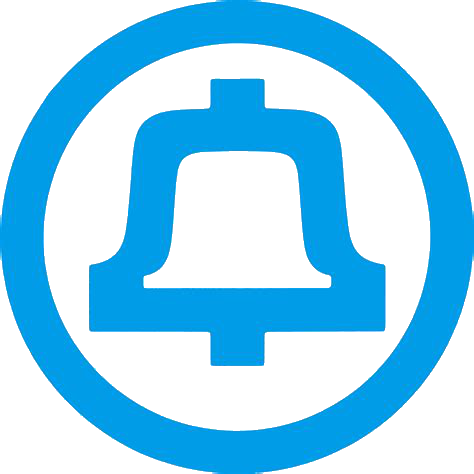Alternate routing
Alternate routing is the capability of a telephone switch to use a secondary route to establish a call in case the first route fails. It was introduced in 1937 with the first No. 1 Crossbar telephone switch.
In a switching system that does not employ alternate routing, there must be enough trunks provisioned between any two exchanges so that some high percentage of calls can always be connected, whether or not it is busy hour. This means that in quieter times of the day, there are many trunks that are sitting unused, which is undesirable.
In a system that makes use of alternate routing, there may be several trunk groups between any two telephone exchanges. One trunk group is usually the first choice route, and is designated "HU" or high usage. These trunks are provisioned to carry 99% of the normal (non-busy hour) interoffice load. A second trunk group can also be provisioned to take care of the overflow from the first group. This group is usually designated as the "final" group. Because the "final" trunk group often routes through a tandem office, it can be shared by many calls, all going to different places. In this way, the trunk groups leaving an office are used more efficiently than in the non-alternate routing scenario.
Implementation
In Bell System crossbar-type telephone switches, alternate routing is accomplished by assigning the primary route to one route relay, and subsequent routes to other route relays. When the marker tests the trunks for the first route, it will either find an available trunk, or find all of the trunks busy. If all trunks are busy, the marker will route advance to the next route relay by grounding the RA punching of the primary route relay. The RA punching is cross-connected to the winding of the next desired route relay. When ground is supplied there, the original route relay releases, and the subsequent route relay operates. This loads the new routing information into the marker.
Usually, as many as five routes can be supplied: one primary, three alternates, and one common route of last resort. This last route is often made to an announcement trunk or a reorder signal to alert the subscriber that their call could not be completed.
